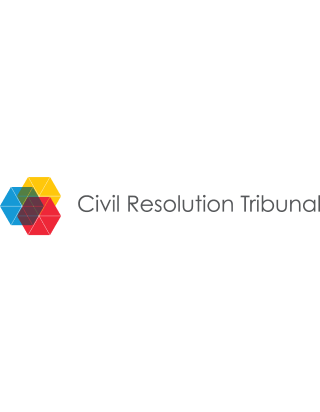
LSLAP Manual: Workers’ Compensation
Law Students’ Legal Advice Program (LSLAP)
This chapter on workers’ compensation is from the manual used by law students handling cases at LSLAP’s legal clinics. It provides an overview of the law relating to compensation for workplace injuries or illness, and describes the claims and appeal procedure.
Last reviewed September 2024


